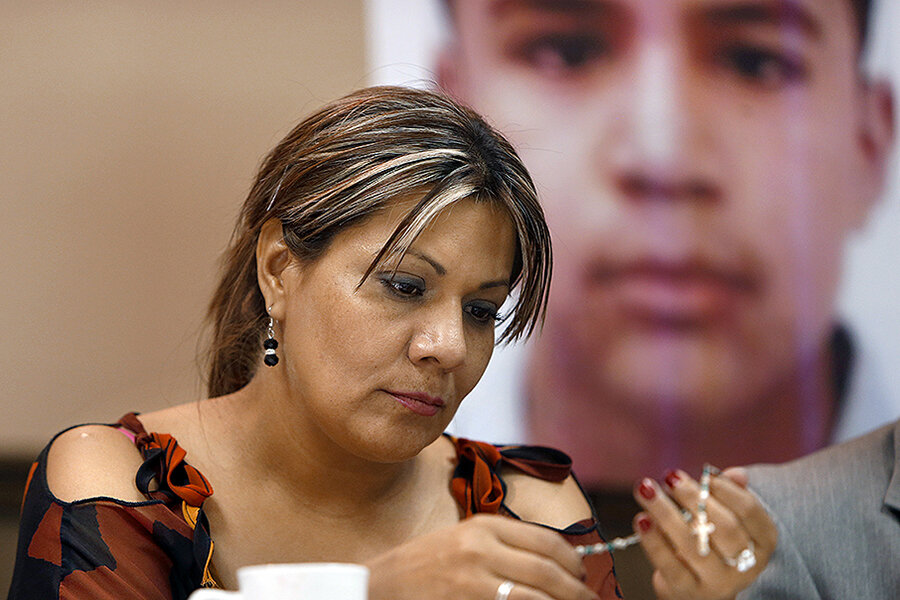Border Patrol resists calls for body cameras
Loading...
In the fifteen months following the shooting of Michael Brown in Ferguson, Missouri, and the renewed public scrutiny of the use force by police, a wide array of advocates, police chiefs, and even the Department of Justice have begun to see police body cameras as a potential solution.
Body cameras, say their proponents, can hold all sides accountable: helping to bring offers to justice when they overstep their bounds, but also exonerating them, as in a Cleveland case last month.
But the US Customs and Border Protection staff will not be wearing cameras anytime soon, the agency announced this week, after a yearlong internal review still awaiting the approval of Commissioner R. Gil Kerlikowske. The report has been viewed by the Los Angeles Times and the Associated Press.
In 2014, the agency tested body-cam equipment in training sites, then offered cameras to 90 Border Patrol officers to try out on their rounds, according to the Associated Press.
But officials ruled against launching a broader camera program, citing concerns from cost, to employee morale, to the job's harsh environment. The agency also expressed concern that body cameras could decrease officers' ability to collect intelligence. Finally, as the AP's Elliot Spagat reports, the move would be unpopular with patrol officers' union.
The decision left many frustrated that the country's largest law enforcement group, with 21,000 officers stationed at the Mexican and Canadian borders, seemed to escape the same scrutiny now brought to bear on many local police departments, as many Americans question how rarely officers face charges for deaths on the job.
Groups like the Southern Border Communities Coalition and the American Civil Liberties Union have had mixed success bringing attention to what they allege are widespread abuses and unnecessary shootings along the US-Mexican border, committed by both Border Patrol officers and detention center staff.
Since 2010, 40 people have been killed by border officers. Until the past year, however, none had faced termination or official reprimand.
A commissioned report prepared by the Police Executive Research Forum in 2013 found that border officers had "far more latitude than other US law enforcement officers have on when to open fire," in the words of the Los Angeles Times, and they had sometimes fired their weapons without justification.
Customs and Border Protection responded to the findings by modifying agent training to emphasize less deadly weapons, such as Tasers; one Homeland Security official told the Wall Street Journal that the department's expansion had led to hiring less-experienced officers.
This September, Agent Lonnie Ray Swartz was charged with murder for the death of Antonio Elena Rodriguez, an unarmed Mexican teenager who was shot near Nogales in 2012 — the first time an agent has faced charges.
Officers worry about changes perceived as decreasing their right to use force because of regular violence at the border: 390 assaults on agents have been reported so far this year.
And as Paul Rosenzweig highlighted in an opinion piece for the Monitor, hackers could wreak havoc with altered footage or leaked information from law enforcement videos.
But others believe the agency should be at the forefront of advances in policing, not lagging behind.
James F. Tomsheck, the Customs and Border Protection's head of internal affairs until last year (now assigned to the Border Patrol), has accused the agency of "institutional narcissism," a corrupt organization with "a self-identity of a paramilitary border security force and not that of a law enforcement organization."
It's yet one more reason Patrol officers will continue to face pressure to add cameras, a change that might benefit them, too: the President’s Task Force on 21st Century Policing and a UK police study have suggested that police force, complaints against police, and assaults against police all drop when officers camera-up.









